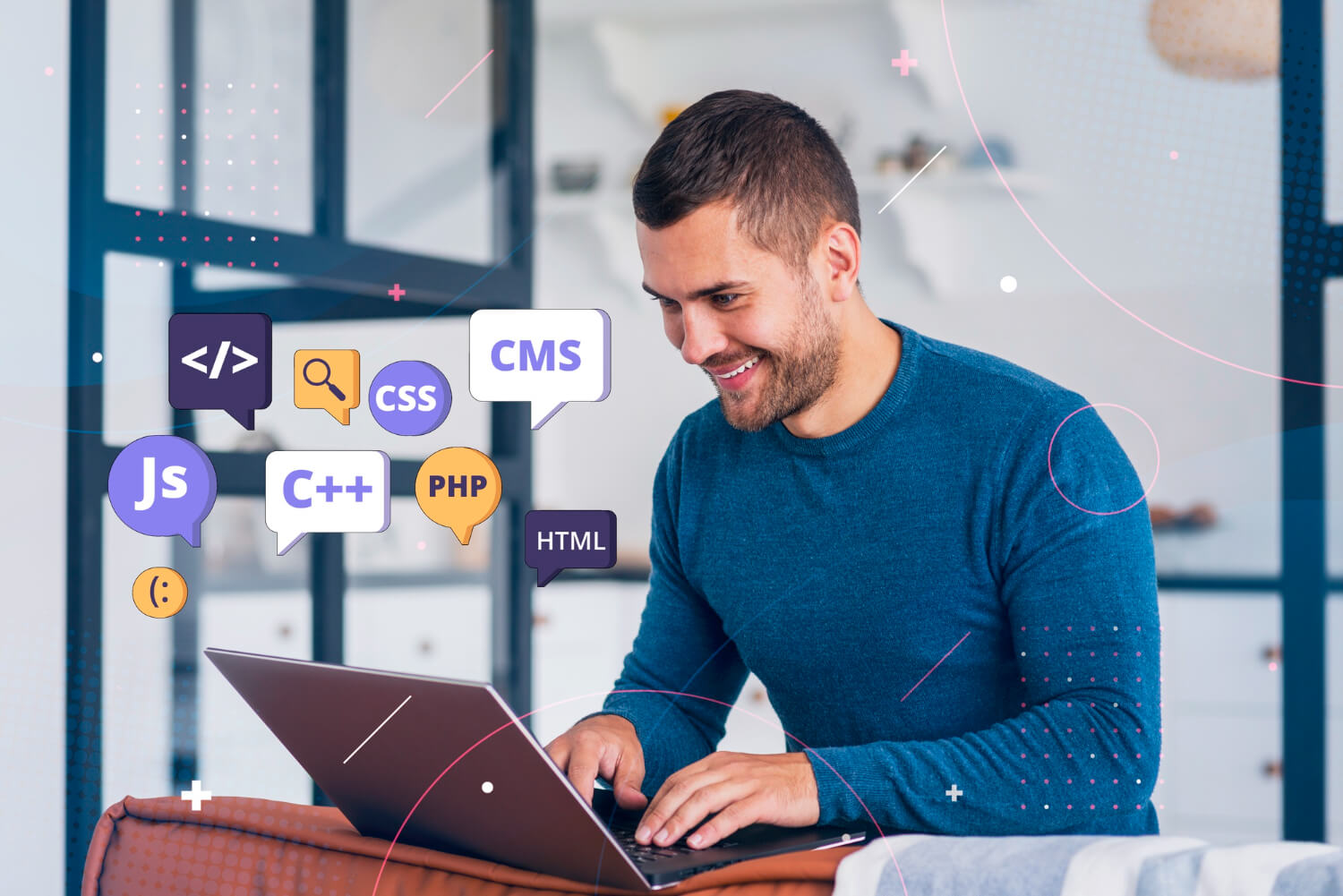Maximize Your Budget: MVP Development Tips for Resourceful Startups
Building a startup is thrilling—but the moment you crunch the numbers, that fun can feel overwhelming. You’ve got an amazing idea, yet your budget just isn’t cooperating. That’s where an MVP (Minimum Viable Product) becomes your best friend.
An MVP is your startup’s first real-world test version—stripped down to the essentials. It does three things:
- Confirms there’s interest in your idea
- Helps you learn from actual users
- Shows investors you’re serious—all while keeping costs low
Here’s your roadmap to making every rupee count:
1. Zero in on What Matters
Start by prioritizing features with impact. Use the MoSCoW method:
- Must-have: Core features that solve the main problem
- Should-have: Important, but non-critical
- Could-have: Nice additions for later
- Won’t-have: For future versions only
This keeps your MVP tight and budget-friendly.
2. Go No-Code or Low-Code
No-code tools like Bubble, Adalo, Thunkable, and AppGyver are lifesavers. You can build fast, launch quicker, and test ideas—all without a single line of code.
When is this great?
- Landing pages
- Simple internal tools
- Prototype testing
Heads-up though: They can feel limiting if your app gets complex or needs to evolve down the line.
3. Be Smart About Hiring
You don’t need a full-time in-house crew:
- Tap into freelance developers from Eastern Europe, Asia, or Latin America—who can cost 40–60 % less than U.S. developers.
- Or bring on a technical co-founder—offer equity (10–50 %) instead of salary upfront.
- Mix freelancers and part-time leads using platforms like Toptal for quality control.
4. Choose Tech That Saves Money
Pick open-source or cross-platform tools to cut costs:
- React Native or Flutter let you build one app that runs on both iOS and Android.
- Use APIs for functionality like payments (Stripe, PayPal), messaging (Twilio, SendGrid), analytics, and more
- Favor serverless architectures like AWS Lambda to pay only for what you use.
5. Keep Design Simple Yet Clean
Beautiful doesn’t have to mean pricey:
- Stick to a limited color palette and basic fonts (Roboto, Open Sans)
- Use white space, standard navigation, and consistent spacing
- Grab free UI kits from Figma, Material Design, Flaticon, and Coolors
A clean, intuitive interface helps users—and gives you better feedback.
6. Launch, Listen, Refine
Get your MVP into 50–100 early users’ hands:
- Use simple email forms or Google/Form surveys to capture feedback
- Run bi-weekly updates based on what users say
- Track behavior using free tools like Google Analytics, Mixpanel, Firebase
Reward early adopters with perks: private groups, promo pricing, behind-the-scenes access—they become your co-creators.
7. Budget Wisely—and Keep a Buffer
A typical MVP costs ₹8L–₹22L ($10K–$30K) depending on features and team setup.
Breakdown:
- ~50% development
- ~15% testing
- ~10% UI/UX
- ~10% marketing
- ~10% contingency
Always include a 10–20% buffer for surprises.
8. Validate Before You Build
You don’t even need an MVP to test demand:
- Launch a landing page with email signup or pre-order
- Use targeted ads and track conversion rates (10–15% is good)
- Test concepts on social media—post mockups, run polls, note engagement
This tells you if people care before you commit dev time.
9. Build a Lean, Flexible Team
Keep your team small (2–10 people):
- 1 Product Lead
- 1–2 Full-stack devs
- 1 Designer
- 1 QA
Use daily stand-ups (15 mins max) and tools like Slack, Trello, GitHub. Everybody wears multiple hats—keep it nimble.
10. Measure What’s Meaningful
Only track what matters:
- Sign-up conversion
- DAU/MAU and retention
- Time spent in-app
- Feature usage
- Drop-off points
Use free analytics and surveys to gather data—no expensive systems needed.
Final Takeaway
An MVP doesn’t need heaps of money—just smart planning and clear focus.
The Lean Startup methodology teaches us to build small, measure fast, learn quickly, and adapt efficiently—so our investment goes farther.
Key principles to live by:
- Prioritize ruthlessly
- Use affordable tools and tech
- Build a lean yet high-impact team
- Learn from real users
- Stay flexible and cost-aware
Start lean. Stay focused. Let feedback guide your growth. Your big breakthrough could be just one smart decision away.




